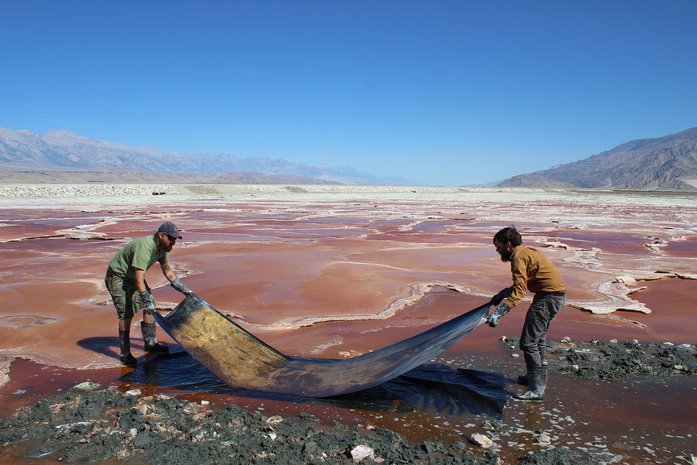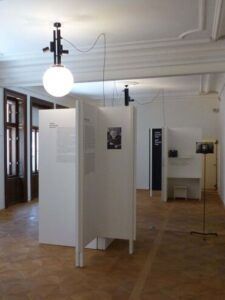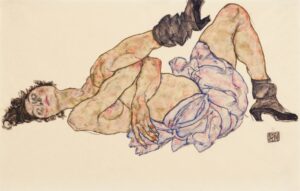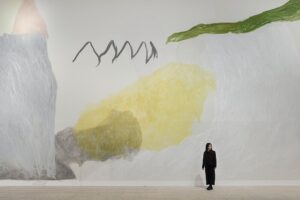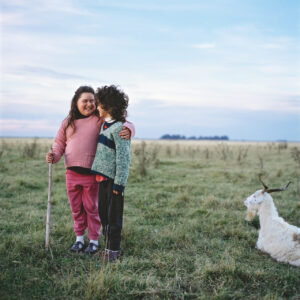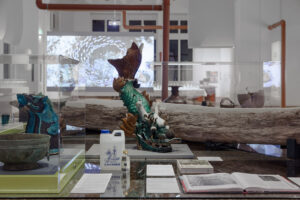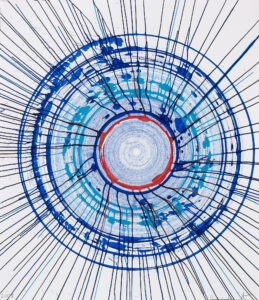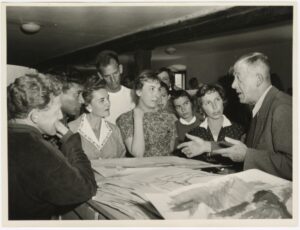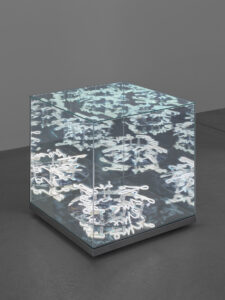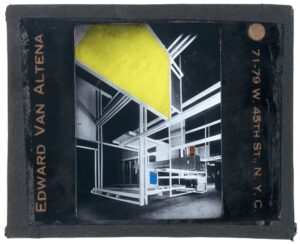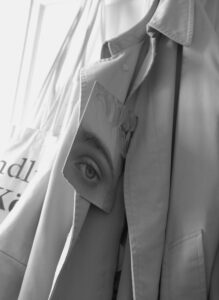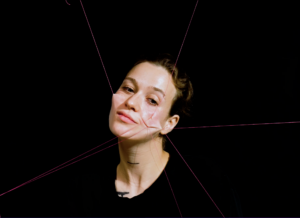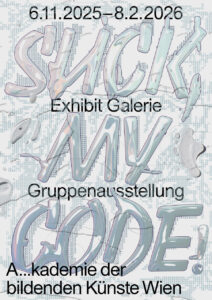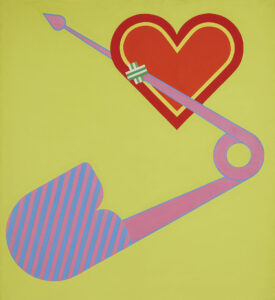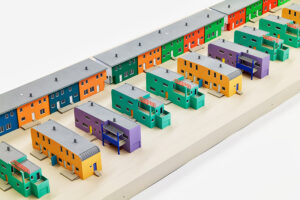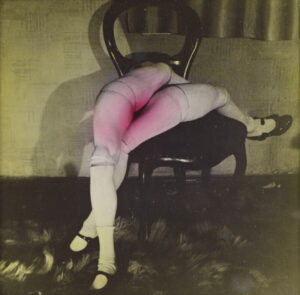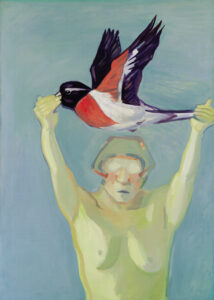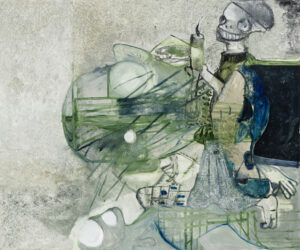THE ECOLOGICAL FOOTPRINT OF IMAGE PRODUCTION
Just how sustainable is the ‘eternal moment’? To what extent does the production of photographs contribute to man-made climate change? MINING PHOTOGRAPHY. The Ecological Footprint of Image Production looks at the history of the key raw materials involved in photography: how they are mined originally, how they are disposed of, and the impact on our environment. A history of materials in five acts!
The exhibition MINING PHOTOGRAPHY tracks down individual trade and production chains. How has the actual materiality of photographs, frequently invisible to the naked eye, changed over the decades? The five exhibition sections follow the trail of the materials used in photographic production: the copper for daguerreotypes; the fossil fuels such as coal and bitumen for printing processes; the silver for the silver gelatin prints in widespread use in the 20th century; the paper as a backing material; and the rare earths for the ever more compact cameras and smartphones. Interviews with M. Susan Barger (restorer), Hans Joosten (biologist), Hannah Pilgrim (activist), Rainer Redmann (chemist), Katrin Westner (mineralogist) and Katherine Mintie (art historian) examine the ecological footprint of materials and their extraction from a variety of perspectives in both research and science.
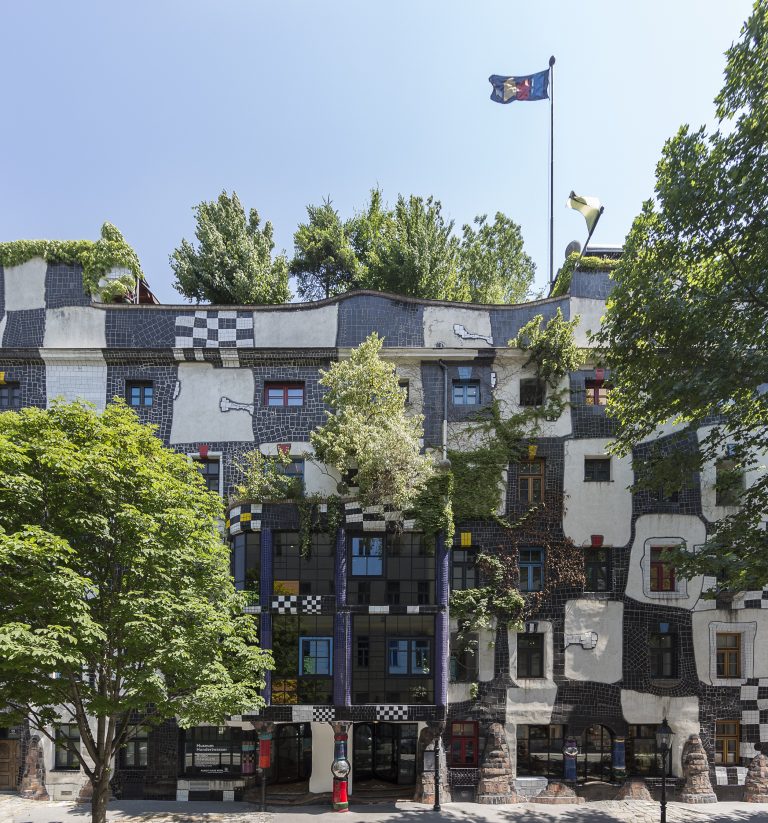
Untere Weißgerber Straße 13, 1030 Wien
KunstHausWien
Vienna’s first “green” museum dedicates large special exhibitions to contemporary photography. Again and again, thematic photographic exhibitions also focus on ecology and sustainability. In the “Garage”, various projects are shown that today are at the interface between art and nature – an aspect that museum founder Hundertwasser had already anchored in his work.
MINING PHOTOGRAPHY
9 Mar 2023 - 29 May 2023
Kunst Haus Wien - Museum Hundertwasser, Untere Weißgerberstraße, Wien, Österreich
Lake Bed, Developin Process, 2013.
